Remote Patient Monitoring: What It Is and How It Can Improve Patient Health?
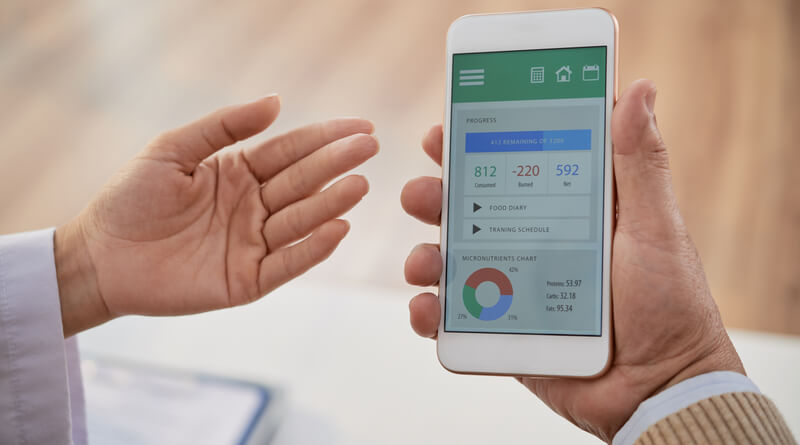
Over the past year, you’ve probably heard a fair amount about telehealth. Telehealth – the usage of technology to facilitate care when a patient and their doctor are not in the same place at the same time – has surged during the pandemic. It’s helped a lot of people get the care they need while allowing them to practice social distancing and reduce face-to-face contact with others.

While many experts are worried that some problems faced during regular in-person hospital visits might bleed over to virtual visits, medical identity theft CAN be prevented. RightPatient, for instance, is used to identify patients accurately at hospitals, and can also be used to authenticate patients during appointment scheduling. Fraudsters, thus, are red-flagged when they try to impersonate registered patients, preventing medical identity theft in real-time during both virtual and in-person visits.
Coming back to the topic at hand, one type of telehealth that you may not have heard as much about but that is also rapidly growing in popularity is remote patient monitoring (RPM). Sometimes referred to as “RPM,” This program allows a physician to leverage technology to monitor a patient’s vital health information, such as blood pressure, weight, and heart, from outside the confines of a typical office visit. To accomplish this, patients are provided with a device that tracks health information the doctor needs. Covered by Medicare as well as other insurance plans, RPM is most often used to track the symptoms associated with a number of different chronic health conditions, including, diabetes, chronic obstructive pulmonary disease (COPD), hypertension, and heart failure, just to name a few. In all, the process is typically simple and straightforward and delivers significant benefits.
While the prospect of new technology can be daunting for some, many RPM devices are incredibly easy for patients to use. These devices transmit data to software utilized by the physician and their care team in one of three ways: via cellular data, Bluetooth, or the Internet, such as over Wi-Fi. Devices are typically plug-and-play, meaning there is little setup required on behalf of the patient. Some of the most common types of devices used in RPM include blood pressure monitors, glucose monitors, and weight scales.
Most devices you will find in an RPM program require active participation from patients, although not a lot of work. A patient will need to step on the scale or properly put the device on their body to capture vitals data. Once the readings are taken by the patient, they are then sent directly to the doctor. This allows the physician and their team to use that information to make assessments about a patient’s immediate health, thus eliminating the need for frequent in-person visits and potentially avoiding exacerbations of a patient’s chronic health condition.
How does RPM improve patient health?
RPM can help a healthcare team assess and treat concerning symptoms related to a wide variety of acute and chronic health conditions. The biggest benefit is that the data collected is sent in real-time, so the doctor can quickly identify concerning changes in a patient’s vital signs to make time-sensitive adjustments to treatment plans, thus avoiding potential health emergencies or helping a patient get the urgent care they need.
Aside from reducing health emergencies, five other significant benefits are as follows:
Increased communication between the patient and their doctor
With more frequent communication between office visits, RPM allows a patient and their doctor to function as a team, actively working together towards improving patient health.
Increased personal accountability and awareness
Since RPM captures real-time information, patients are more aware of “triggers” that might exacerbate chronic disease symptoms. Patients also have increased motivation to make healthy lifestyle changes permanent as they witness the impact of those changes with the increased collection of health information.
Reduced need for traveling
Many chronic health conditions require close monitoring and frequent follow-up with a physician. Since RPM can be done from essentially anywhere, it can help significantly cut the number of time-consuming trips needed to a doctor’s office. By reducing the number of trips, also saves the money that would have been associated with those trips (e.g., gas, tolls, taxi, parking, babysitting, pet sitting) and eliminates the need to coordinate traveling for those office visits.
Better access and improved quality of care
Instead of regular trips to see a physician, RPM patients receive wraparound care services and 24-hour a day access to their healthcare team. Since health information is frequently sent directly to their doctor and care team, it’s easier to react quickly when health concerns arise, granting the patient precision-focused quality care.
Patients can take more control of their chronic disease
RPM helps a physician focus on their patient’s specific healthcare needs. This allows a doctor to provide better and more timely feedback, support, and education. Armed with this information, patients can take better control of their health through active adjustments to their lifestyle.
Big-Picture Benefits of Remote Patient Monitoring
RPM is a great way to help keep patients healthier. It reduces the need for hospitalization, reduces hospital readmissions, can reduce the length of stay if a patient does not need to be admitted to the hospital, reduces healthcare costs, and permits older or disabled individuals to remain in their homes for longer. RPM is truly a win-win-win for patients, doctors, and our healthcare system.

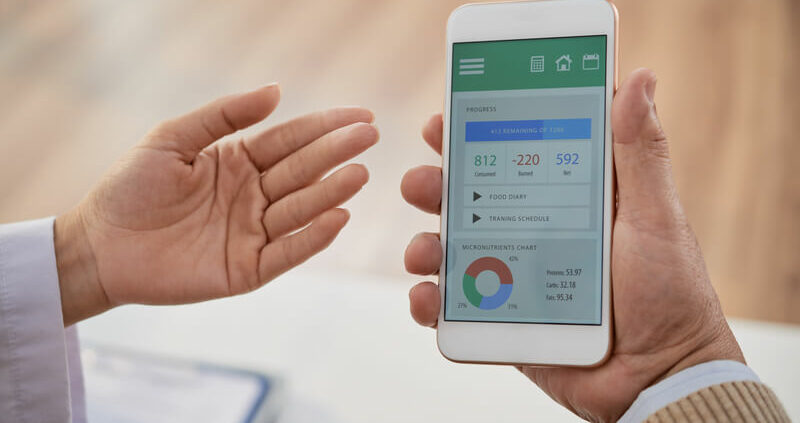
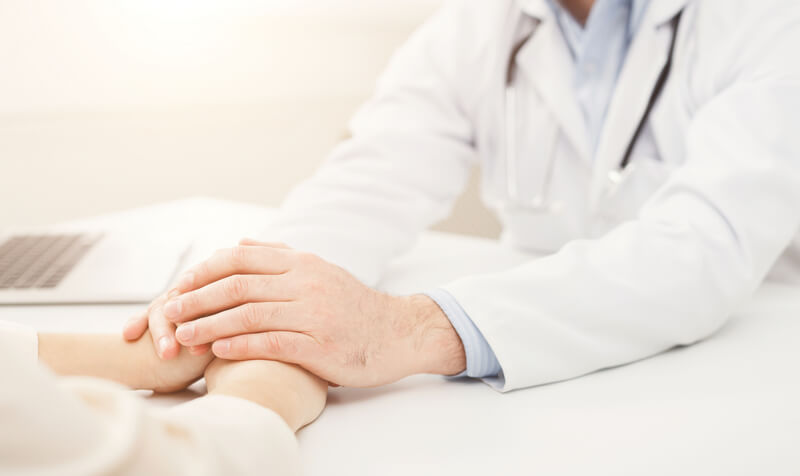
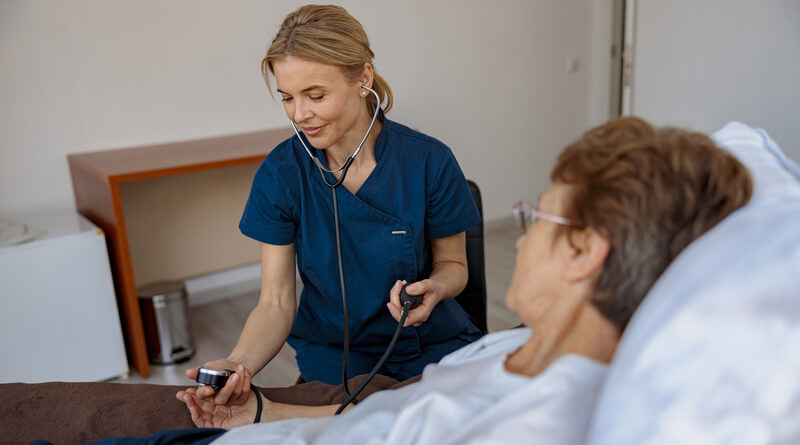
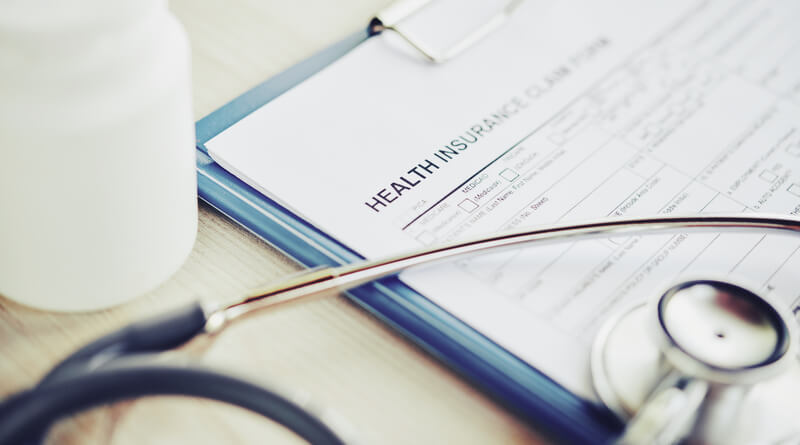




Leave a Reply
Want to join the discussion?Feel free to contribute!